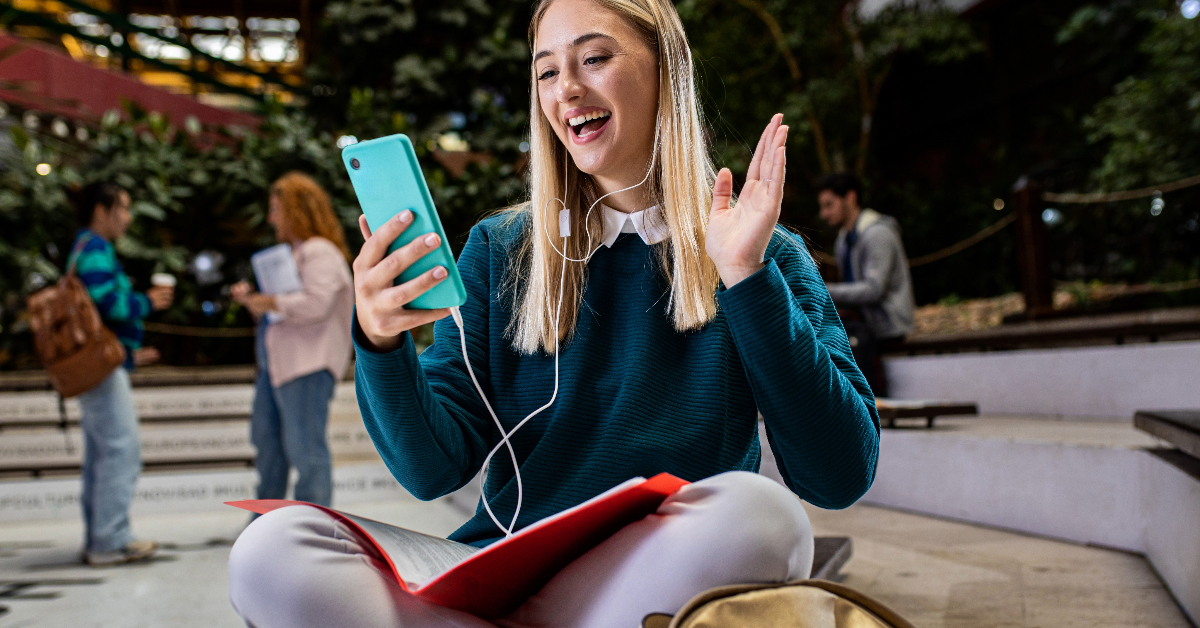
Mar 28, 2018 12:00:00 AM
by Stacy Weber
In today’s hyper-political, increasingly siloed world, social media is often pegged as another divider—a place where we reinforce our views and cut ourselves off from others. But for a growing number of teachers, social media may actually help them connect and receive invaluable support.
Because, as it turns out, teaching can be an isolating profession. For decades, studies have found that while nearly all teachers view collaboration with colleagues as important, most of us can spend just a few minutes each day engaged with our peers. Against that backdrop, social networks have become a vehicle for sharing ideas and best practices and connecting across the country—or even the world.
Our story started on separate continents, in a Facebook group for teachers using ClassDojo, a communication app used in nearly every K-8 school in the U.S.
David was using ClassDojo to motivate and mobilize his community to help rebuild an impoverished Nigerian school.
I was looking for experiences to make concepts like kindness come alive for fifth-graders in suburban Illinois.
Along the way, we bonded over a shared commitment to introducing our students to concepts beyond content, cultivating traits like kindness. And we found we had a personal trait in common: The enormity of our task meant that we would never feel like we were prepared “enough.”
But because of this social connection, we had the chance to change that feeling, bridging that “enough” divide and coming up with ways to inspire each other as much as our students. The students in our classrooms got to know each other through video, and they soon found out that they shared similar interests, challenges, and aspirations despite the 6,000-mile distance. The most remarkable difference for David’s students was their surprise that my students in Westwood Elementary didn’t wear school uniforms!
Our interactions sparked classroom discussions about what food was like in Nigeria or whether the American students spoke or studied different languages. Communicating across cultures also helped our students hone their communication skills and think critically about the root of their similarities and differences. More importantly, it led to the sort of teachable moments that can only come through collaboration.
That moment began when Mrs. Weber’s class began collecting school supplies to share resources with Nigerian schools that were far less abundantly equipped. When we learned that the cost of shipping could exceed the value of the resources they’d collected, our students took their efforts online through a GoFundMe campaign to support David Obianyor and his partner Otu Amen Umosen in their efforts to revamp and refurbish God's Time Academy near Ajah, Nigeria.
Together, we pioneered a sort of “project-based” curriculum in kindness.
Our students learned that you no longer have to be in close proximity to help out, exchange ideas, and share cultures.
Obianyor’s community was grateful for the help, and “our” students in Illinois expressed gratitude for the chance to play a role in his community. Technology helped to unlock the realization that they had the power to affect change beyond their community. That they began to enjoy—and thrive—on both collaboration and kindness inspired us as not just educators but fast friends.
“We are ‘lucky’ to help,” they explained. Over time, we’ve begun incorporating acts of kindness throughout our lessons and have had many discussions about what “acts of kindness” look like—and how being kind changes the world for the better.
We’re using kindness as a vehicle to talk about concepts like the “ Power of Yet” with online resources that transcend language barriers and cultures. We’re proud to share examples of how our students practice kindness beyond the confines of the classroom. And in an era where teachers often feel disconnected in a hyper-networked world, we’re hopeful that our collaboration can inspire our peers about the potential to leverage social media for good.
The story you tell yourself about your own math ability tends to become true. This isn’t some Oprah aphorism about attracting what you want from the universe. Well, I guess it kind of is, but...
If you have a child with disabilities, you’re not alone: According to the latest data, over 7 million American schoolchildren — 14% of all students ages 3-21 — are classified as eligible for special...
The fight for educational equity has never been just about schools. The real North Star for this work is providing opportunities for each child to thrive into adulthood. This means that our advocacy...
Ed Post is the flagship website platform of brightbeam, a 501(c3) network of education activists and influencers demanding a better education and a brighter future for every child.
© 2020-2025 brightbeam. All rights reserved.
Leave a Comment